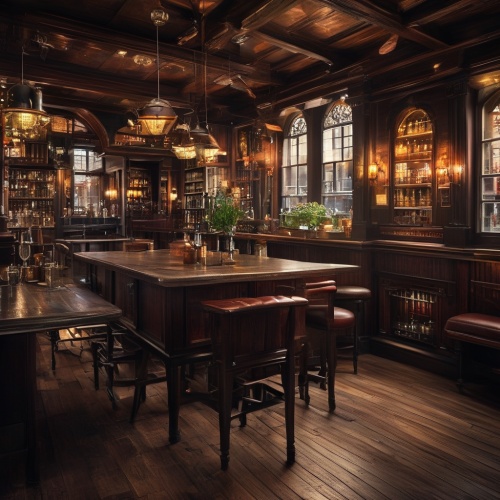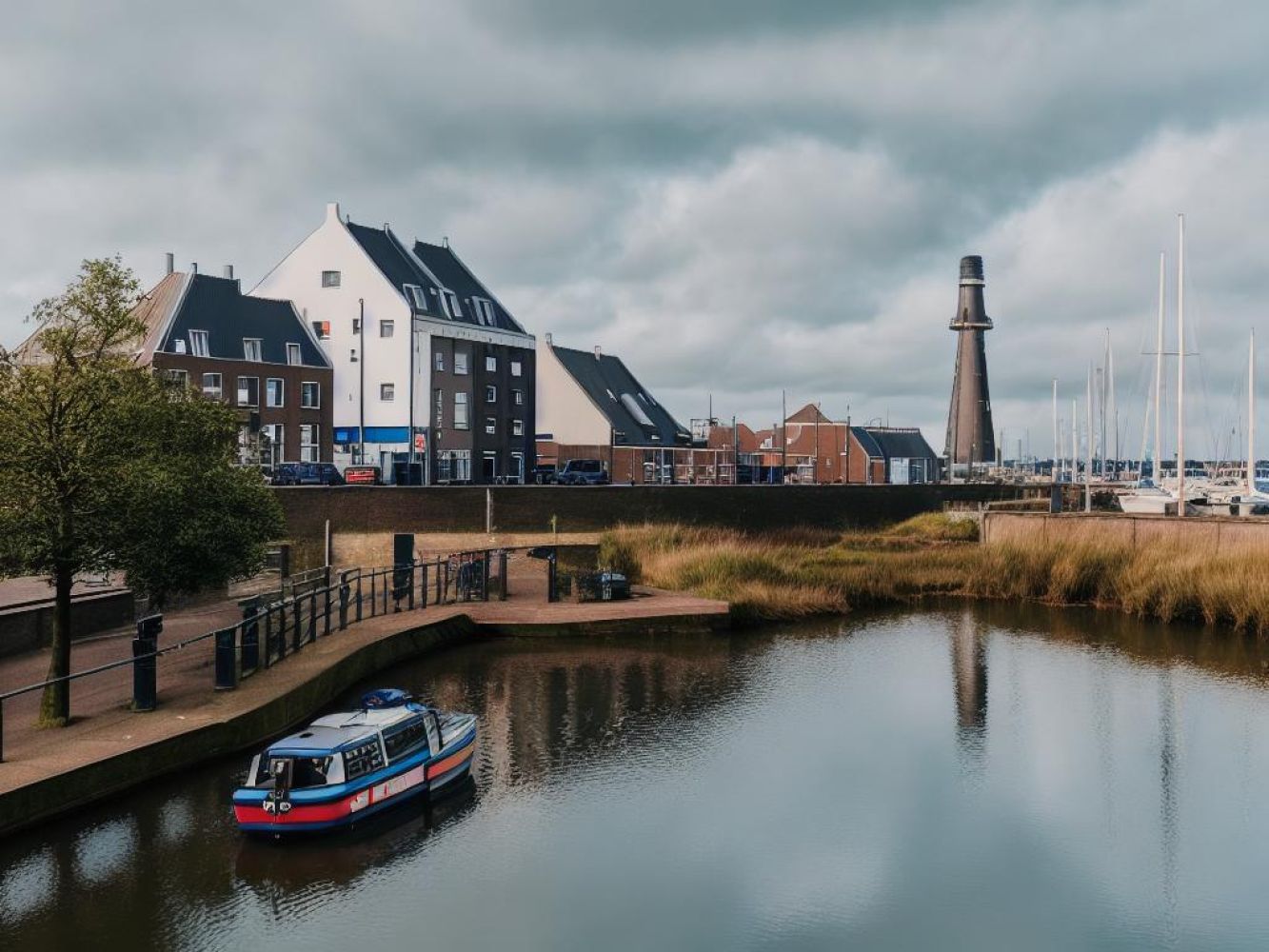Understand
The area around Velsen has a rich and ancient history. Archaeologists have discovered evidence of human habitation dating back to the Late Neolithic period. The Romans were also drawn to this region, particularly the Oer-IJ river, which flows into the North Sea near Castricum. They attempted to conquer the area in 15 AD and even built a fort called Flevum in Velsen. However, their efforts were thwarted by the Frisians in 28 AD. Despite subsequent attempts to regain control, the Roman empire eventually retreated to the Rhine River. During the Middle Ages, Velsen was already a well-known town in the 8th century AD and part of the shire of Kinheim. As Amsterdam began to flourish as a major harbor in the 15th century, the mouth of the Oer-IJ river became blocked by sand dunes. This forced ships to make a detour via Texel to reach the North Sea. Eventually, in 1876, the Noordzeekanaal was constructed to provide a direct connection between Amsterdam and the North Sea. This led to the founding of IJmuiden, which provided necessary facilities for incoming ships. However, the canal divided Velsen into two parts, Velsen-Zuid and Velsen-Noord. In 1918, the Royal Dutch Steel Works, also known as the Hoogovens, was established north of the Noordzeekanaal. Today, it is the largest industrial facility in the Netherlands, spanning across Velsen-Noord, as well as parts of Beverwijk and Heemskerk. The Hoogovens, now owned by Tata Steel Europe, play a significant role in the region's economy. Nowadays, all ships must pass through the sea locks in IJmuiden to reach Amsterdam. However, IJmuiden itself also attracts a considerable number of cargo ships. Additionally, it boasts the largest fishing harbor in the Netherlands.
Map & Climate
Popular Foods
 Dish Name: StroopwafelsDescription: These thin waffles are made from a dough that consists of flour, butter, sugar, and eggs. They are traditionally cooked by pressing them between two heated iron molds, resulting in a crispy texture. Typically served hot, stroopwafels can be enjoyed with a cup of coffee or tea. Sometimes, they are filled with caramel or chocolate syrup for added sweetness.
Dish Name: StroopwafelsDescription: These thin waffles are made from a dough that consists of flour, butter, sugar, and eggs. They are traditionally cooked by pressing them between two heated iron molds, resulting in a crispy texture. Typically served hot, stroopwafels can be enjoyed with a cup of coffee or tea. Sometimes, they are filled with caramel or chocolate syrup for added sweetness. Dish Name: BitterballenDescription: Bitterballen are savory, deep-fried snacks made from a mixture of ground beef or venison, onions, spices, and flour. They get their name from the combination of bitter (from the beer used in the recipe) and ballen (meaning "little balls"). Served as an appetizer, these tasty treats are often accompanied by a tangy mustard sauce.
Dish Name: BitterballenDescription: Bitterballen are savory, deep-fried snacks made from a mixture of ground beef or venison, onions, spices, and flour. They get their name from the combination of bitter (from the beer used in the recipe) and ballen (meaning "little balls"). Served as an appetizer, these tasty treats are often accompanied by a tangy mustard sauce. Dish Name: HagiologyDescription: Hagiology, also known as "raw herring in vinegar," is a traditional Dutch dish consisting of fresh North Sea herring that is filleted, marinated in vinegar and spices, and eaten with pickled onions and pickles. It is often served alongside potatoes and bread, making it a hearty yet light meal option.
Dish Name: HagiologyDescription: Hagiology, also known as "raw herring in vinegar," is a traditional Dutch dish consisting of fresh North Sea herring that is filleted, marinated in vinegar and spices, and eaten with pickled onions and pickles. It is often served alongside potatoes and bread, making it a hearty yet light meal option.




Comments
NO COMMENTS